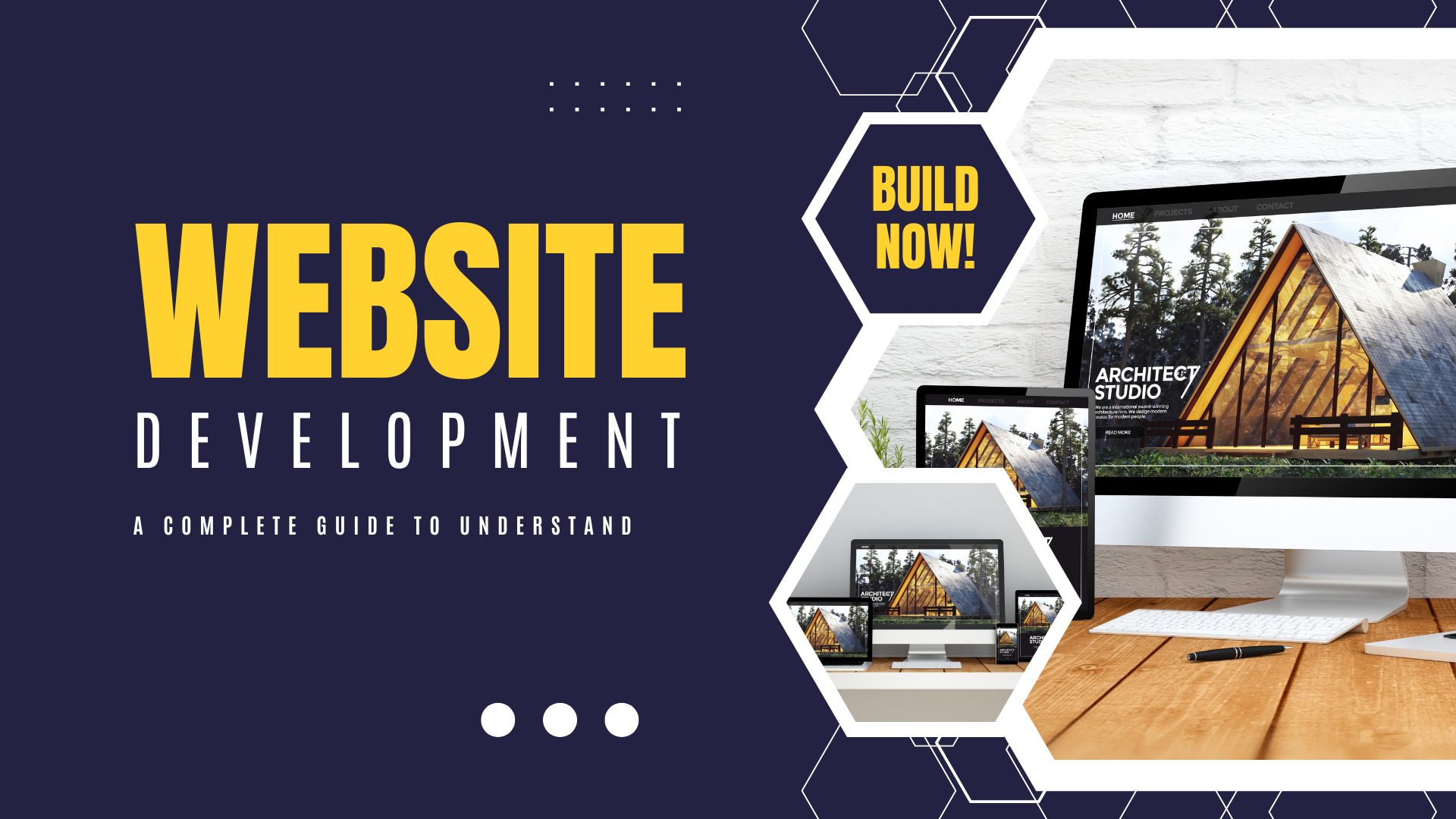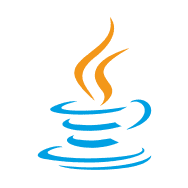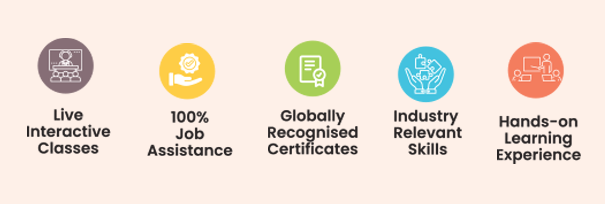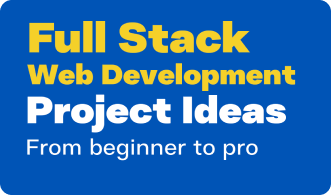Introduction
In today’s digital world, websites and applications have become a crucial part of our lives. But have you ever wondered how these platforms are built? Behind every functional website or app lies a combination of frontend, backend, and full stack development. Understanding the roles and differences between these three types of development can provide clarity on how the digital world operates and how each part contributes to the final product.

This article explores frontend, backend, and full stack development, breaking down their responsibilities, technologies, and career opportunities.
What is Frontend Development?
Frontend development focuses on the client-side—everything a user interacts with on a website or application. This includes the layout, design, buttons, forms, and other elements that create a seamless user experience (UX).
Key Responsibilities of a Frontend Developer
· Designing and implementing user interfaces (UI).
· Ensuring websites are responsive (compatible with various screen sizes and devices).
· Enhancing user experience through animations, interactive features, and usability.
· Collaborating with designers to transform visual concepts into functional code.
Technologies and Tools Used
· HTML (HyperText Markup Language): The foundation of web content structure.
· CSS (Cascading Style Sheets): Used to style and visually enhance HTML elements.
· JavaScript: Adds interactivity, such as dropdown menus, sliders, and dynamic forms.
· Frameworks and Libraries: React, Angular, Vue.js, Bootstrap, and Tailwind CSS.
Frontend developers play a vital role in creating visually appealing and intuitive interfaces that keep users engaged. Without effective frontend development, even the most powerful backend functionality would remain inaccessible.

What is Backend Development?
Backend development focuses on the server-side—the infrastructure, databases, and logic that power an application behind the scenes. It manages data flow, security, and communication between the server and the user interface.
Key Responsibilities of a Backend Developer
· Building and maintaining server-side logic.
· Managing databases to store and retrieve data efficiently.
· Creating and maintaining APIs (Application Programming Interfaces) to enable data exchange between frontend and backend.
· Implementing security measures to protect sensitive data.
Technologies and Tools Used:
· Programming Languages: Python, Java, Node.js (JavaScript), Ruby, PHP.
· Databases: MySQL, PostgreSQL, MongoDB, Firebase.
· Frameworks: Express (Node.js), Django (Python), Spring Boot (Java), Ruby on Rails.
· APIs: RESTful APIs and GraphQL.
· Cloud and Server Tools: AWS (Amazon Web Services), Azure, Docker.
Backend developers ensure that applications run smoothly by handling requests, processing data, and sending the necessary information to the frontend. Their work is essential for application scalability, performance, and security.
What is Full Stack Development?
Full stack development combines both frontend and backend development. A full stack developer is capable of handling the entire web development process, from designing user interfaces to implementing server-side logic.
Key Responsibilities of a Full Stack Developer
· Designing and developing both the frontend and backend of an application.
· Managing databases, servers, and APIs.
· Collaborating with both frontend and backend teams to ensure seamless integration.
· Handling deployment and continuous maintenance of applications.
Technologies and Tools Used
Full stack developers use a combination of frontend and backend technologies. For example, they may use:
· Frontend: HTML, CSS, JavaScript, React, Angular.
· Backend: Python, Node.js, Django, Express.
· Databases: MySQL, MongoDB, Firebase.
· DevOps Tools: Git, Docker, AWS.
Their versatility allows full stack developers to oversee entire projects, ensuring that all components work harmoniously. This flexibility makes them valuable assets to businesses, especially those looking to streamline their development process.
Frontend vs. Backend vs. Full Stack: Key Differences
Understanding the differences between these roles is crucial for anyone looking to pursue a career in development. Here’s a quick comparison of frontend, backend, and full stack development:

Career Opportunities in Development
The tech industry is experiencing unprecedented growth, and developers are in high demand worldwide. Here’s a breakdown of the career opportunities available for each role:
Frontend Development Careers
· Common Roles: Frontend Developer, UI/UX Developer, Web Designer.
· Industries Hiring: E-commerce, media, education, healthcare, tech startups.
· Average Salary: ₹6-12 LPA (India) / $60,000-$110,000 (Global), depending on experience.
Backend Development Careers
· Common Roles: Backend Developer, API Developer, Database Administrator.
· Industries Hiring: Fintech, cloud services, SaaS platforms, enterprise solutions.
· Average Salary: ₹8-15 LPA (India) / $70,000-$130,000 (Global).

Full Stack Development Careers:
· Common Roles: Full Stack Developer, Solution Architect, Technical Lead.
· Industries Hiring: Tech giants (Google, Amazon, Microsoft), startups, and large enterprises.
· Average Salary: ₹10-20 LPA (India) / $80,000-$150,000 (Global).
Why Should You Choose a Career in Development?
Whether you choose to specialize in frontend, backend, or full stack development, you’ll benefit from a dynamic and rewarding career. The reasons for the popularity of these roles include:
1. High Demand: Companies across all industries are investing in digital platforms, creating constant opportunities for developers.
2. Competitive Salaries: Developers are among the highest-paid professionals in the tech sector.
3. Continuous Learning: With new technologies emerging regularly, developers have endless opportunities to learn and grow.
4. Global Opportunities: Development skills are universally in demand, allowing you to work for top companies or freelance remotely.
Which Path Should You Choose?
Choosing between frontend, backend, and full stack development depends on your interests and career goals:
· If you enjoy designing and creating user-friendly interfaces, frontend development might be the right path.
· If you prefer working with data, servers, and complex logic, backend development may suit you better.
· If you want to manage complete projects and have a well-rounded skill set, full stack development offers flexibility and variety
At Grras Solutions, we offer comprehensive training programs in frontend, backend, and full stack development. Our hands-on approach, real-world projects, and expert guidance prepare you to become job-ready and excel in your chosen career path.

Conclusion
Frontend, backend, and full stack development are all essential components of the digital ecosystem. By understanding the roles and differences between these development paths, you can make an informed decision about your career. Whether you choose to specialize or become a versatile full stack developer, the future is full of opportunities in the tech industry.
Begin your journey today with Grras Solutions and unlock your potential as a tech professional in 2025 and beyond!



































 Whatsapp us
Whatsapp us Call us
Call us





